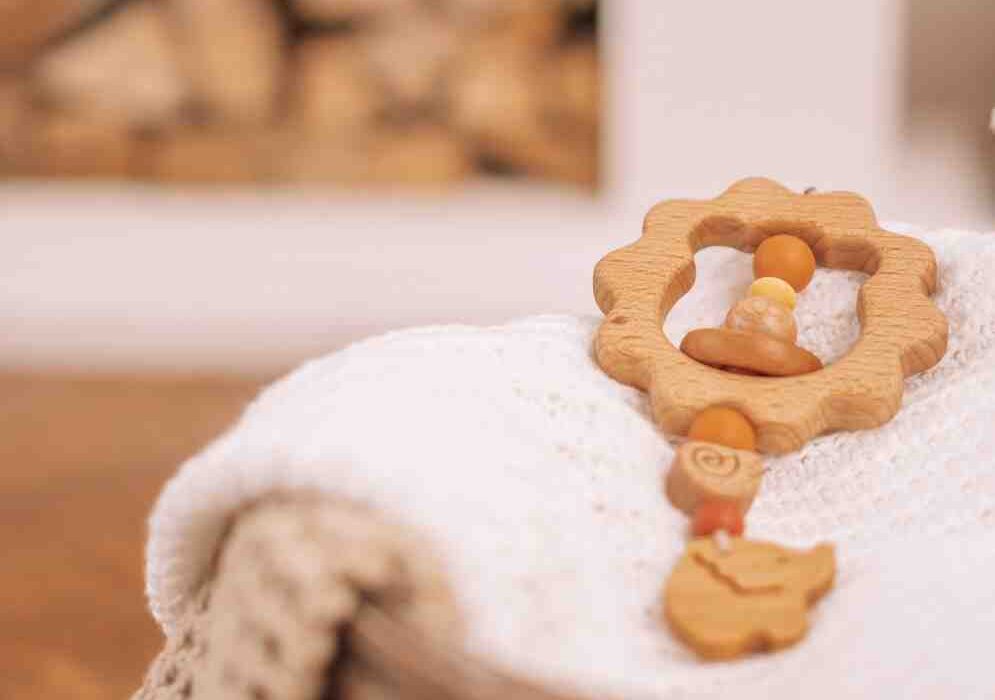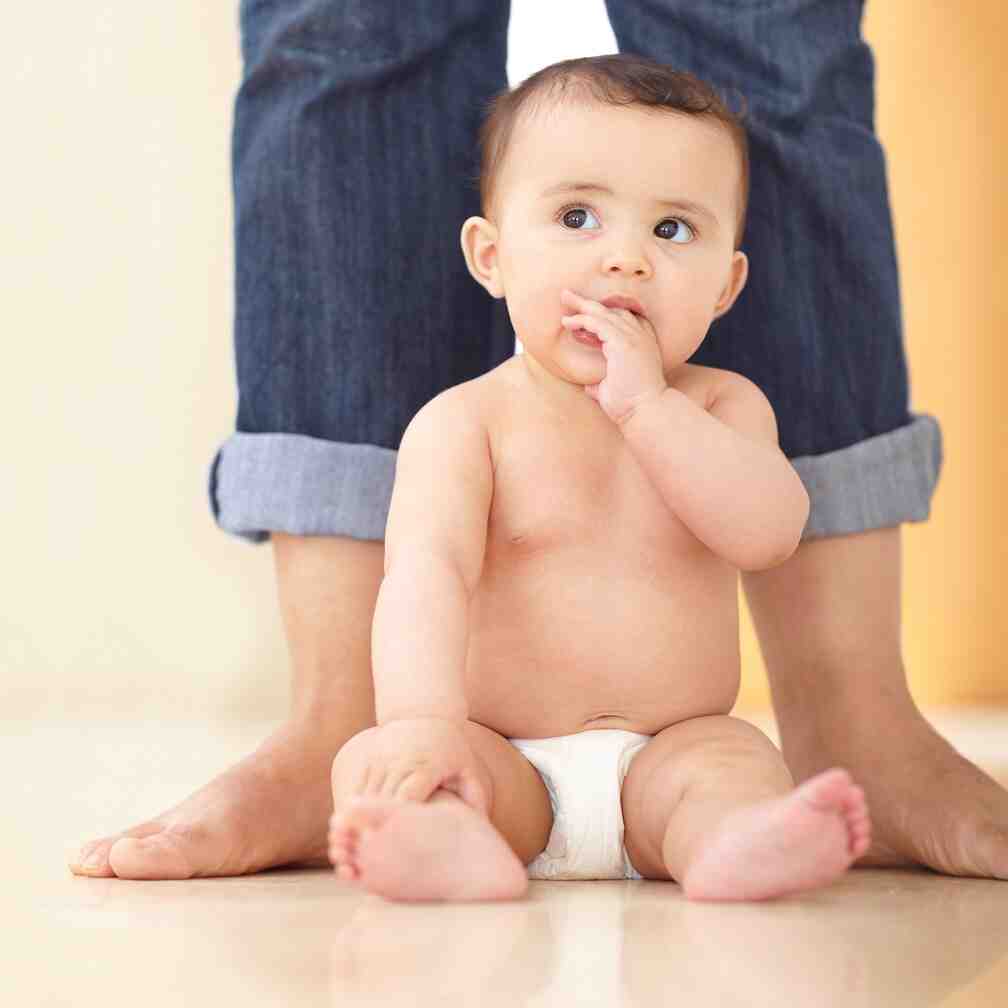How to Choose the Right Teether for Your Baby
Teething is a crucial stage in your baby’s development, often accompanied by discomfort, irritability, and excessive drooling. A well-chosen teether can provide relief and make the experience more manageable for both babies and parents. With numerous options available, selecting the right teether can be overwhelming. This guide will help you understand what to look for when choosing the best teether for your baby.
Factors to Consider When Choosing a Teether
1. Material Teethers come in various materials, each with its own advantages:
- Silicone: Soft, flexible, and easy to clean. BPA-free, food-grade silicone is a popular choice.
- Wood: Natural, antibacterial, and eco-friendly. Hardwood options like maple and beechwood are safe and durable.
- Rubber: Made from natural rubber (like Sophie la Girafe), these teethers are soft yet durable.
- Fabric: Some teethers incorporate organic cotton or muslin for additional comfort and texture variety.
2. Safety
- Ensure the teether is BPA-free, PVC-free, and phthalate-free to avoid harmful chemicals.
- Opt for a one-piece design to prevent choking hazards from small parts.
- Avoid teethers filled with liquid that could leak or break over time.
3. Texture and Design
- Look for multiple textures to help massage sore gums and provide sensory stimulation.
- Consider teethers with different shapes, such as rings, keys, or animal designs, to engage your baby’s curiosity.
- Teethers with handles or loops make gripping easier for little hands.
4. Ease of Cleaning
- Silicone teethers are dishwasher-safe and easy to sterilize.
- Wooden teethers require wiping with a damp cloth and occasional oiling.
- Fabric teethers should be machine washable or easy to hand wash.
5. Temperature Sensitivity
- Some teethers, like gel-filled or water-filled options, can be refrigerated for extra cooling relief.
- Silicone and rubber teethers can also be placed in the fridge but should not be frozen solid, as extreme cold can harm your baby’s gums.
Best Types of Teethers for Different Needs
- For Sensitive Gums: Soft silicone or rubber teethers are gentle yet effective.
- For More Pressure Relief: Wooden teethers provide a firm surface for stronger chewing needs.
- For Extra Cooling Relief: Refrigerated gel-filled or silicone teethers can help numb sore gums.
- For Multi-Sensory Stimulation: Textured, fabric, or combination teethers offer different sensations for babies.
Conclusion Choosing the right teether depends on your baby’s needs, preferences, and safety considerations. Whether you opt for a soft silicone teether, a natural wooden teether, or a cooling option, the key is to ensure it is safe, durable, and easy to clean. By selecting a high-quality teether, you can help soothe your baby’s discomfort and make the teething process more manageable for both of you.





